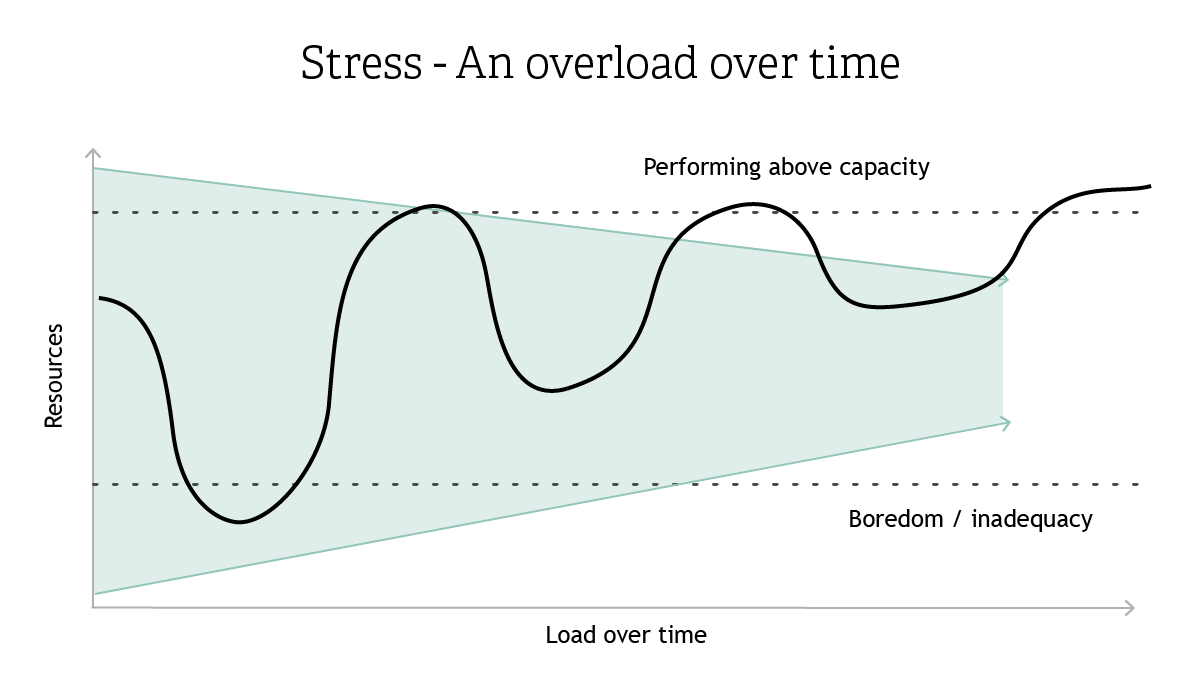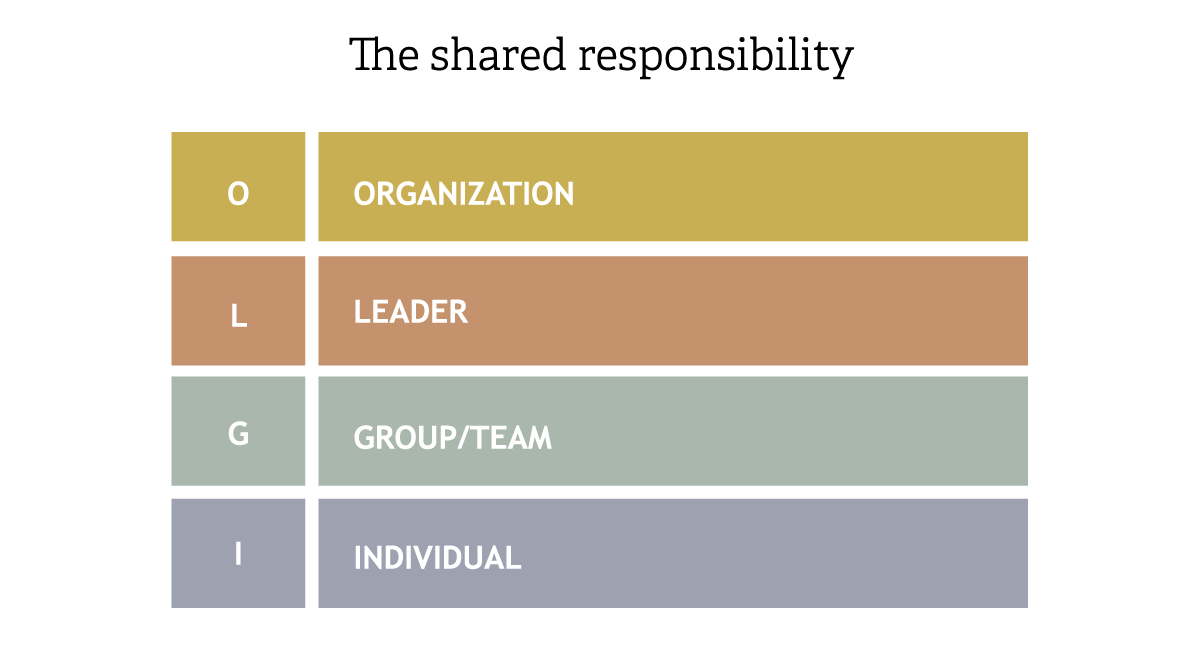Workplace Stress: What Is It and How Do You Recognize it?

Understanding and managing stress is essential in today’s fast-paced work environment. Learn more about the nature of stress, when it becomes a critical issue, its symptoms and causes in the workplace, and the shared responsibility of managing it.
|
Jump to: |
What is Stress?
Stress is a natural response to situations where demands exceed our available resources. It manifests as a state of imbalance in which the body and mind react to a perceived overload or strain.
Stress is a highly individual experience that varies greatly from person to person. It's a common state that everyone encounters at different times in their lives.
When Stress Becomes Critical
Stress becomes critical when it persists over a longer period and develops into chronic stress. The length of time that constitutes long-term varies for each individual and depends on various factors such as personal history, coping strategies, and possible past traumas.
What are the Symptoms of Work-Related Stress?
Work-related stress is usually recognized by colleagues or managers before the individual recognizes it. Symptoms vary widely and include physical, mental, and behavioral indicators.
Behavioral signs tend to be more observable, ranging from bringing the lunch plate to the workstation, mood swings, and increased work pace, to a noticeable decline in work performance.
Common Causes of Stress in the Workplace
The most common cause of stress in the workplace is the inability to recover sufficiently between demanding tasks. A cycle of constant overexertion leads to resource depletion, which amplifies the stress response to even minor challenges:

An illustration of how stress builds up over time
A common cause of stress is mental well-being. Our research on stress shows that individuals with poor mental well-being are 45% more likely to be frequently stressed – and employees who score low on mental well-being are 15 times more likely to be stressed often or all the time.
Get 5 concrete actions to manage stress in the workplace here.
Is Stress an Individual or Organizational Responsibility?
The approach to stress management has evolved over time. While it was once seen as an individual's responsibility, contemporary views emphasize the importance of considering the individual's environment.
This contextual approach to stress involves acknowledging the roles of various stakeholders: The individual, their team, management, and the broader organizational context:

The different stakeholders in stress management strategy
Understanding and being able to recognize stress in the workplace is essential to creating a healthy and productive work environment. Addressing stress requires a collaborative effort that includes both individual and organizational strategies.
Read more about our approach to managing workplace stress.
References: Ennova Panel Survey 2023*, Forbes, Yale Medicine
*Ennova Panel Survey 2023:
Every year, Ennova conducts external panel surveys to measure the latest trends in the workplace and to test hypotheses based on our own clients' experiences. Our Ennova Panel Survey is conducted in the Nordic countries, and the results from the survey are one of several sources we use to stay on top of the latest workplace trends.
BOOK DEMOCapture the Complete Employee Experience
Designed to inspire and empower leaders and teams to take action and improve daily work life. Access, analyze, and share your EX knowledge across your feedback programs in one place.
|

Ennova
We help organizations and leaders improve employee and customer experience with proven, concise, and engaging advisory, backed by global expertise.
More from this author

